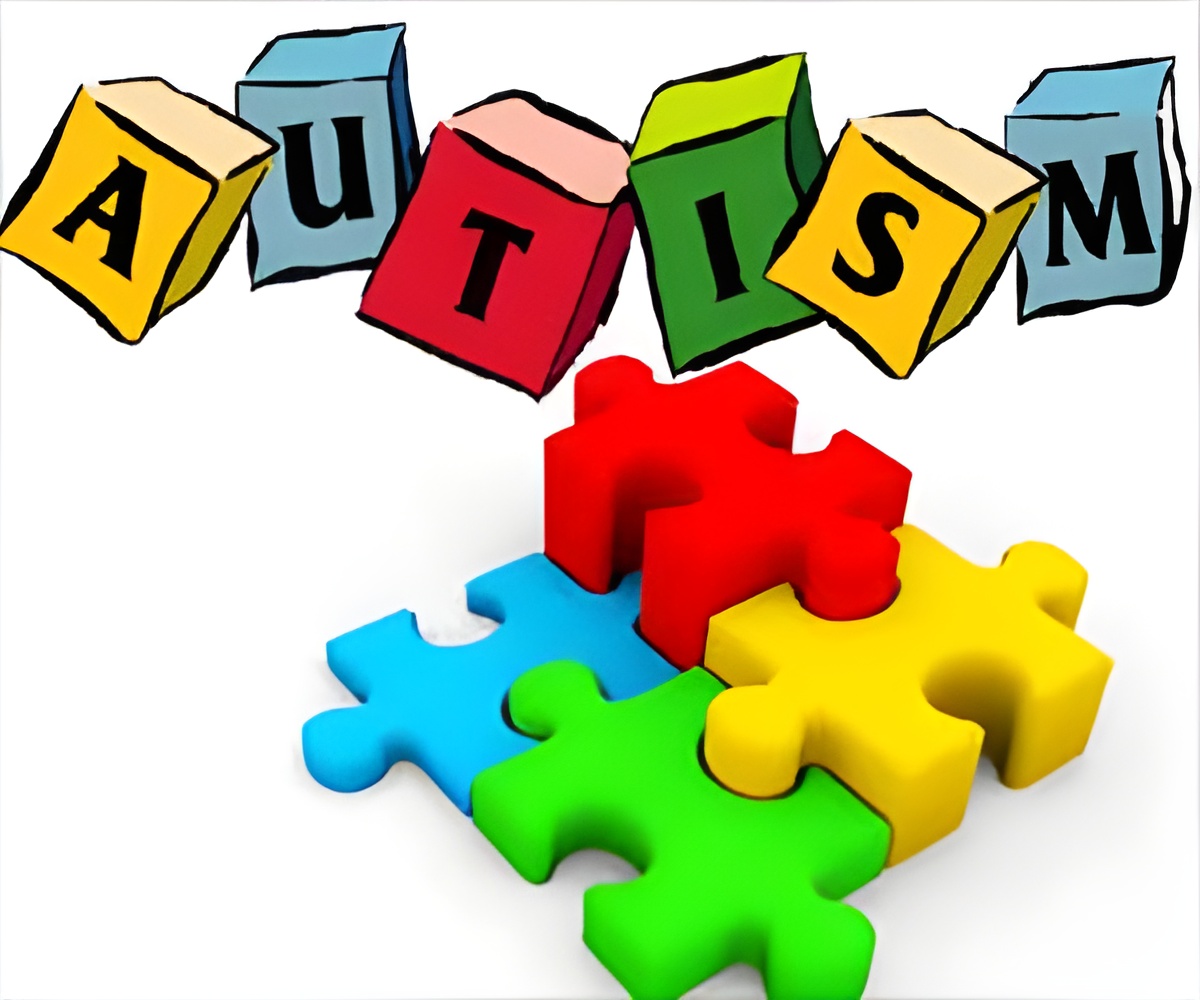Autism is a developmental disorder marked by social, communication, and behavioral challenges.

Prevalence and Early Identification of Autism Spectrum Disorder Among Children Aged 4 and 8 Years - Autism and Developmental Disabilities Monitoring Network, 16 Sites, United States, 2022
Go to source). The Maryland study site, led by researchers at Bloomberg School’s Wendy Klag Center for Autism and Developmental Disabilities, found a prevalence of 1 in 38 (2.6%) among 8-year-olds and 1 in 41 (2.4%) among 4-year-olds in 2022. The Maryland data for 2022 were drawn from Baltimore, Carroll, Cecil, Harford, and Howard counties, as in prior surveillance years.
‘Boys are more likely to be diagnosed with #autism than girls across multiple sites, including #Maryland. Interestingly, in Maryland, this gap appears smaller in younger children.’





Key findings from the five-county Maryland site study of 2022 data include:
- Black and Asian/Pacific Islander children had among the highest rates of autism in Maryland.
- The number of 8-year-old girls identified as having autism surpassed 1%, with 1 in 93 having autism, for the first time in Maryland.
- The new CDC report reveals progress for identifying children with autism at a younger age in Maryland and in other network sites.
The CDC’s ADDM Network reports have consistently reported that boys are significantly more likely than girls to be identified as having autism. The CDC report for 2020 reported that the prevalence for girls surpassed 1%. In the current report, among 8-year-olds across all Network sites, there are 3.4 boys with autism for every girl with autism, versus 2.8 boys for every girl among 4-year-olds. Among 8-year-olds in Maryland, there are 3.9 boys for every girl who has autism, versus 2.6 boys for every girl among 4-year-olds.
The new report also examines differences in autism prevalence by racial and ethnic background. In Maryland, the highest autism prevalence estimates among 8-year-olds in 2022 were observed in Black children (1 in 27), followed by Asian/Pacific Islander (1 in 32), multiracial (1 in 34), Hispanic (1 in 35), and white (1 in 52) children. These trends first emerged in Maryland for Black children in 2018 and were reported by the CDC in 2020 as a network-wide finding in 2023. The researchers found similar prevalence trends in 2022 by race and ethnicity among Maryland 4-year-olds and across the ADDM Network for both age groups.
“Years ago, we only knew that autism was impacting white males. This latest ADDM report, along with the one released in 2023, show that autism impacts everyone—including females and children from all racial and ethnic backgrounds,” says Elise Pas, PhD, MA, research professor in the Bloomberg School’s Department of Mental Health and one of the two Maryland ADDM Network site’s principal investigators.
More children in the U.S. are being identified as having autism by age 48 months, suggesting progress for early identification among children born more recently (e.g., 2018 births) than children born earlier (e.g., 2014 births). In Maryland, prevalence is comparable among the two age groups, which further signifies early identification progress. In the Maryland study, the researchers found a prevalence of 1 in 41 for children who turned 4 in 2022, and 1 in 38 for those who turned 8 in 2022. In comparing these two age groups, 4-year-olds were 1.8 times more likely to be identified with autism by 48 months than 8-year-olds. In past years, there were larger gaps between these two age groups.
Advertisement
Reference:
- Prevalence and Early Identification of Autism Spectrum Disorder Among Children Aged 4 and 8 Years — Autism and Developmental Disabilities Monitoring Network, 16 Sites, United States, 2022 - (https://www.cdc.gov/mmwr/volumes/74/ss/ss7402a1.htm?s_cid=ss7402a1_w)
Source-Eurekalert












